Black Coral, also known as Thorn Coral or Antipatharia, is a group of soft coral species. These corals, in the taxonomic order Antipatharia, have black or brown stem-like skeletons, hence the common name “black” coral. Researchers recognize at least 44 different taxonomic genuses within the group, and 280 unique species. Read on to learn about the Black Coral.
Description of the Black Coral
Each species in this group is slightly different. These creatures vary in size, shape, and coloration depending on the species. Their bodies have soft structures instead of the hard-calcified skeletons that hard corals have.
Many have dark colored stem-like structures composed of chitin, and soft, feathery appendages. Coloration ranges from white or black, to brown, green, yellow, and more.
Interesting Facts About the Black Coral
These interesting organisms have a number of unique traits and adaptations. Learn more about what makes them unique, below.
- What’s in a Name? – The name Antipatharia comes from the Ancient Greek word antipathies. Antipathes roughly translates to “against disease,” which refers to this group’s supposed medicinal properties.
- Cultural Significance – In Hawaiian, Indonesian, and Chinese cultures, people historically believe this group has mythical powers and medicinal use. Some also believe that the coral wards away evil.
- Black Coral Jewelry – People have harvested these corals for use in jewelry for many years. This practice was popular in Hawaii and Mexico in particular.
- Population Decline – Nowadays, you cannot easily purchase jewelry made from this coral. High pressure from collection for jewelry caused severe population declines, and many species faced extinction.
Habitat of the Black Coral
The various species inhabit a wide range of different oceanic habitats. However, they do not live in freshwater habitats or brackish water. You can find these creatures in shallow seas or even the deepest oceans. In fact, the vast majority of species live only in deeper waters with low levels of light.
Distribution of the Black Coral
You can find these corals in all of the various oceans in the world. The different species range throughout the world’s oceans. They live in the Atlantic Ocean, Pacific Ocean, Indian Ocean, Arctic Ocean, and the Southern Ocean.
Diet of the Black Coral
This group has carnivorous feeding habits. Each coral has hundreds, thousands, or millions of tiny polyps, each of which has stinging tentacles used to grab prey. Their primary prey is zooplankton, or tiny microscopic organisms and larvae.
Black Coral and Human Interaction
Humans have collected these corals for many years, putting pressure or the populations of many species. Though many areas have placed protections on these corals, a black market for them still exists and threatens various species. Climate change and rising sea temperatures also threaten these creatures.
The many different species face different levels of threat. Some have stable populations while others teeter on the brink of extinction.
Domestication
Humans have not domesticated these creatures in any way.
Does the Black Coral Make a Good Pet
No, this coral does not make a good pet. In fact, it is illegal to collect or own most species.
Black Coral Care
People do not generally keep these corals in aquariums. The care of each species differs based on their natural habitats. Each require different temperature, pH, salinity, light, and other factors.
Behavior of the Black Coral
These creatures do not have many behavioral patterns. They passively hunt for prey as it drifts into their tentacles. In some species, polyps only develop on the side of the coral that faces into the current, but that is not an active behavior.
Reproduction of the Black Coral
Corals reproduce both sexually and asexually. In sexual reproduction, the corals release their eggs and sperm simultaneously, usually in response to light levels, temperature, and other factors.
The larvae drift in the current until they find surfaces on which to grow and develop a new colony. In asexual reproduction, the coral grows another organism off of itself as a “bud.”


![Black Coral sheltering several butterfly perch Black Coral sheltering several butterfly perch Photo by: Pseudopanax at English Wikipedia [Public domain]](https://animals.net/wp-content/uploads/2020/01/Black-Coral-6-650x425.jpg)
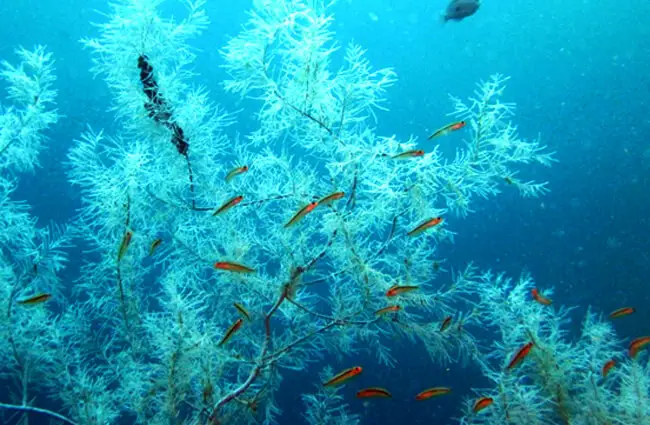
![Leiopathes glaberrima species of Black Coral is very slow-growing, and is among the oldest living animals on the planet. Leiopathes glaberrima species of Black Coral Photo by: Lophelia II 2008: Deepwater Coral Expedition: Reefs, Rigs, and Wrecks [Public domain]](https://animals.net/wp-content/uploads/2020/01/Black-Coral-5-650x425.jpg)
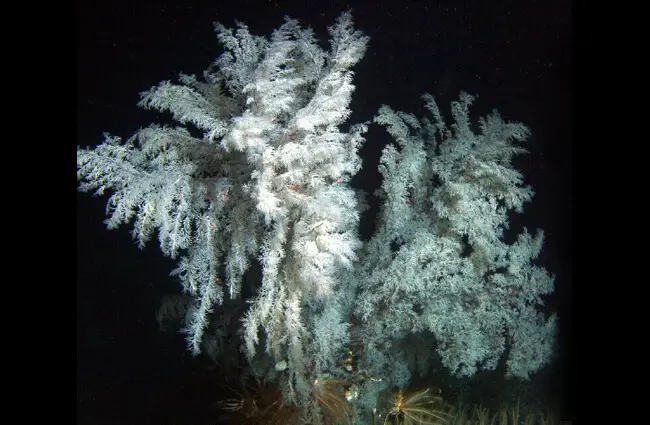

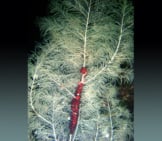
![Black Coral sheltering several butterfly perch Black Coral Sheltering Several Butterfly Perch Photo By: Pseudopanax At English Wikipedia [Public Domain]](https://animals.net/wp-content/uploads/2020/01/Black-Coral-6-162x141.jpg)

![Leiopathes glaberrima species of Black Coral is very slow-growing, and is among the oldest living animals on the planet. Leiopathes Glaberrima Species Of Black Coral Photo By: Lophelia Ii 2008: Deepwater Coral Expedition: Reefs, Rigs, And Wrecks [Public Domain]](https://animals.net/wp-content/uploads/2020/01/Black-Coral-5-162x141.jpg)

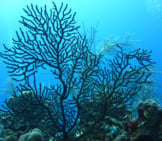
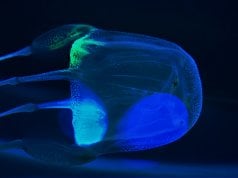
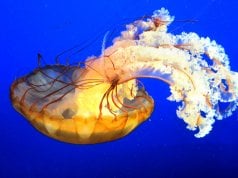
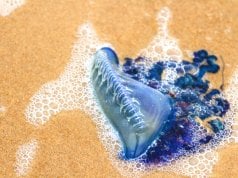










![Red Angus Closeup of a beautiful Red Angus cowPhoto by: U.S. Department of Agriculture [pubic domain]https://creativecommons.org/licenses/by/2.0/](https://animals.net/wp-content/uploads/2020/03/Red-Angus-4-100x75.jpg)

